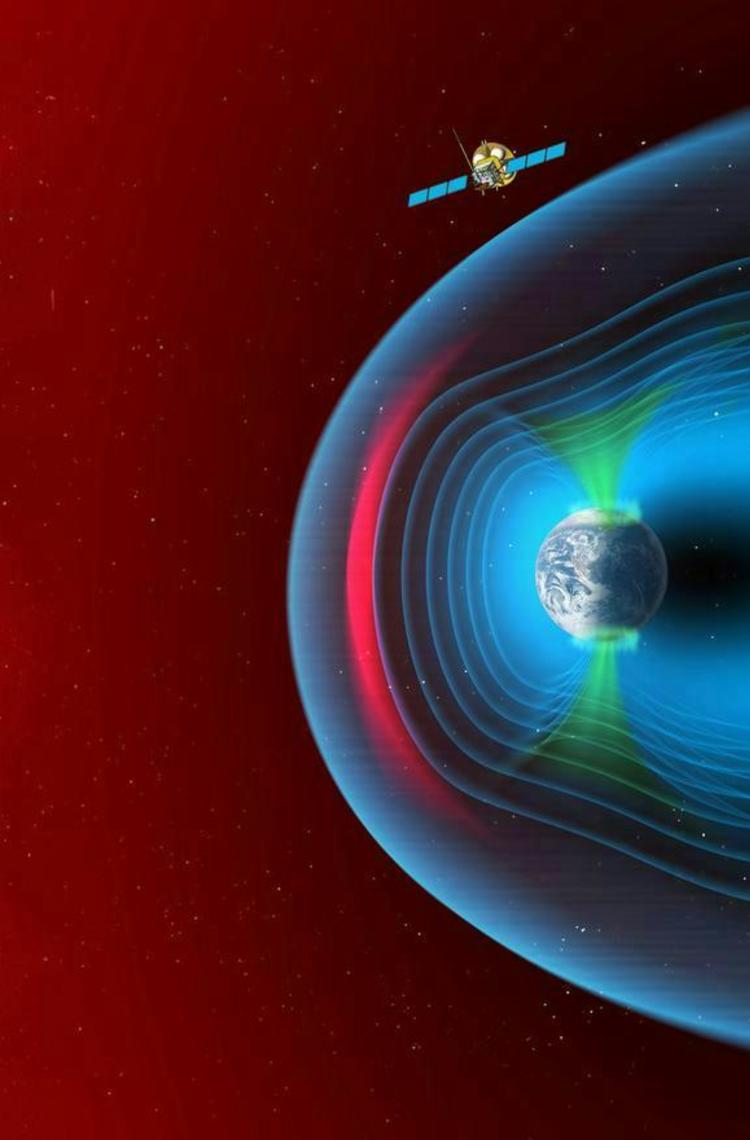The SMILE spacecraft is expected to revolutionise the understanding of the physical processes that drive space weather. These are generated by the continuous interaction between particles in the solar wind and the Earth's magnetosphere, or magnetic shield. This is a region of space dominated by our planet's magnetic field that shields us from much of the solar wind, a stream of charged particles emanating from the Sun. However, some particles manage to penetrate this shield by reaching the ionosphere, leading to space weather effects that include, of course, the beautiful northern lights and geomagnetic storms which can also lead to direct impact of electrical equipment on Earth.
Teams from Airbus, the European Space Agency (ESA) and the Chinese Academy of Sciences (CAS/IAMC) have succeeded in getting the qualification model of the Chinese platform and the electrical-functional model of the European payload module (PLM) of the SMILE (Solar-wind Magnetosphere Ionosphere Link Explorer) satellite to communicate with each other seamlessly at the Airbus facility in Madrid-Barajas. This is no mean feat, considering that each element is built in very different and separate environments and that so far the tests that have been performed (thermo-structural modelling) did not involve communication between the two systems.
"We have just connected the European payload module and the Chinese platform and it’s good news: the platform has switched on our Extended Control Unit (ECU) and the PLM application software has started. It’s also great to see the teams working so well together and ESA's satisfaction with the progress made", said Javier Sánchez Palma, SMILE programme manager at Airbus in Spain.
This test marked the start of the mission critical design review (CDR) held in Shanghai from 26 to 29 June which was declared successful. This moves forward the integration of the flight models of both systems (platform and PLM).
THE MISSION OF SMILE
SMILE is a joint mission between Europe and China in which Airbus is responsible for the European component (the payload module) and CAS is responsible for manufacturing the satellite platform. Difficulties encountered along the way obviously include language and the serious problems caused by the pandemic since 2019, when ESA's science programme committee gave the green light to this new mission to explore Sun-Earth interaction.
SMILE will collect remote sensing (X-ray) measurements of the interaction of solar wind ions with neutral atoms in the Earth's exosphere, the outer layer of our atmosphere. This particle collision generates characteristic soft X-ray emissions, so it will be possible to determine more precisely the areas of influence such as the particle collision arc (currently estimated to be about 90 000 kilometres away), the magnetopause and the polar cusps, thanks to the wavelengths of the X-rays.
This data will be complemented by data from existing ground and space-based observatories, including ESA's Cluster and Swarm missions, led by Airbus, which investigate the magnetic space environment around the Earth.
Airbus has long been involved in projects relating to the Sun, having launched the Airbus-built Ulysses probe in 1990 to study the solar wind from high solar latitudes. Five years later, the special ESA/NASA SOHO observatory, also led by Airbus, was put into orbit at L1 (Lagrange 1), which monitors the Sun's coronal ejections by measuring the speed of the solar wind 1.5 million kilometres from our planet one hour before it reaches the Earth. Hence the importance of this satellite, which was designed with a three-year lifetime and is still active. In addition, Solar Orbiter, launched in 2020, addresses the questions of: how does the Sun create and control the heliosphere? and what drives the solar wind and where does the coronal magnetic field originate from?
THE RISKS OF SPACE WEATHER
All these efforts to learn more about space weather are aimed at mitigating its impact on Earth, as it represents a danger both to human health on the Earth's surface and to satellites and astronauts in orbit.
Since the 19th century, the solar wind has been of great interest due to its implications for our planet because it causes phenomena such as geomagnetic storms, which today can damage communications and power systems on Earth and damage electronic equipment. For example, solar storms can affect mobile phones and other electronic devices as these energetic solar particles interfere with radio signals and satellite communications, affecting the quality of phone calls and internet connectivity.
The more we learn about space weather, the more we see that modern technology is highly vulnerable to its effects. Auroras cause electrical currents that can disrupt power grids and corrode pipes. Geomagnetic storms also affect high-frequency communications and satellite navigation (GPS, Galileo, etc.), as energetic solar particles can damage spacecraft electronics and optical systems.
However, the influence of the solar wind transcends our planet and reaches beyond the orbit of Pluto. It is not surprising that the plasma in the tails of comets always point away from the Sun.
More information on SMILE here
Your media contacts
Contact us
Ralph Heinrich
AIRBUS | Defence and Space
Jeremy Close
AIRBUS | Defence and Space
Francisco Lechón
External Communications - Airbus Space Systems, Spain
Guilhem Boltz
AIRBUS | Defence and Space
Assets for download
Download
Documents
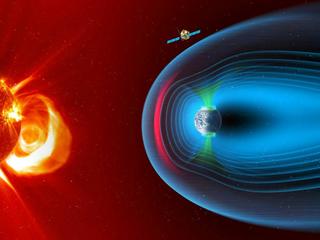
SMILE Solar wind Magnetosphere Ionosphere Link Explorer
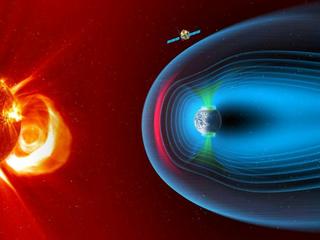
SMILE Solar wind Magnetosphere Ionosphere Link Explorer-lowres
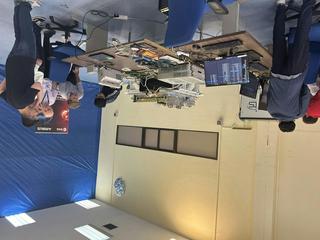
Airbus-ESA-CAS teams at the moment when the platform switched on the PLM
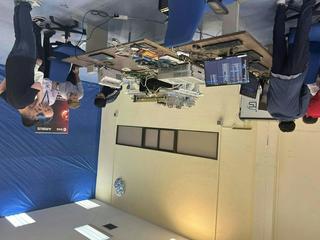
Airbus-ESA-CAS teams at the moment when the platform switched on the PLM-lowres
Documents

SMILE Solar wind Magnetosphere Ionosphere Link Explorer

SMILE Solar wind Magnetosphere Ionosphere Link Explorer-lowres

Airbus-ESA-CAS teams at the moment when the platform switched on the PLM

Airbus-ESA-CAS teams at the moment when the platform switched on the PLM-lowres
Latest News
Continue Reading
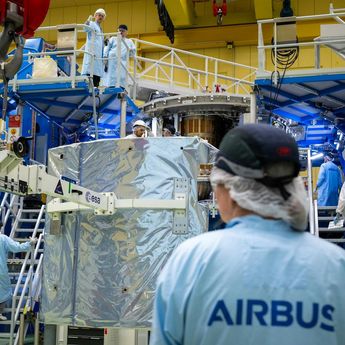
Airbus ships fourth European Service Module for Artemis IV
Press Release
Space
Fourth European Service Module (ESM-4) is ready to leave Airbus’ facilities in Bremen, Germany, and be shipped to NASA’s Kennedy Space Center, Florida, USA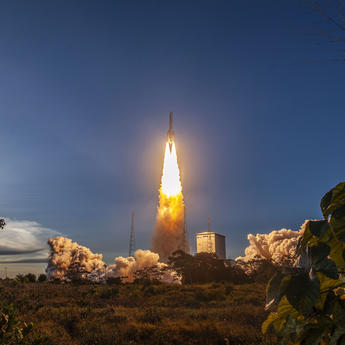
Sentinel-1D: the radar that never sleeps
Web Story
Space
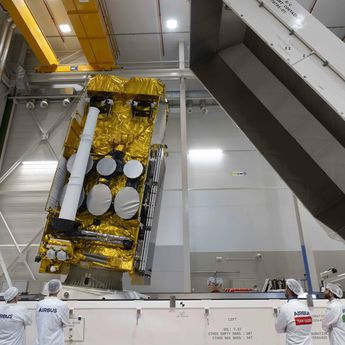
Airbus-built SpainSat NG-II secure communications satellite successfully launched
Press Release
Space

Airbus, Leonardo and Thales sign Memorandum of Understanding to create a leading…
Press Release
Company
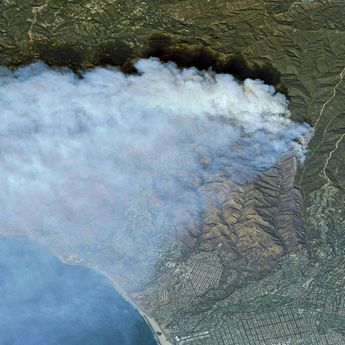
Tracking air pollution from space
Web Story
Space
